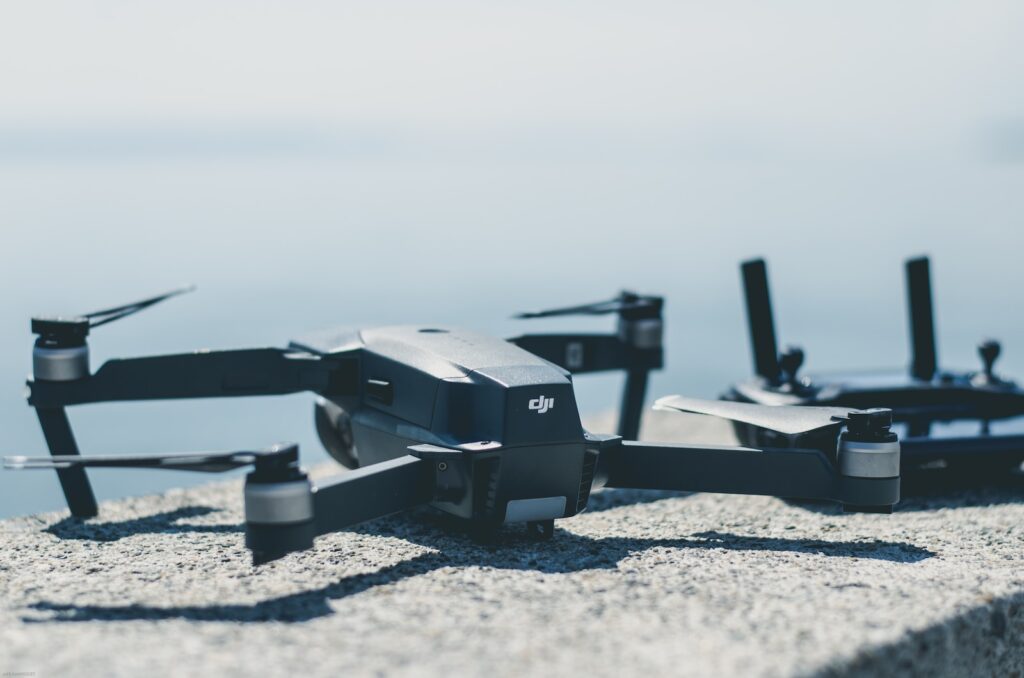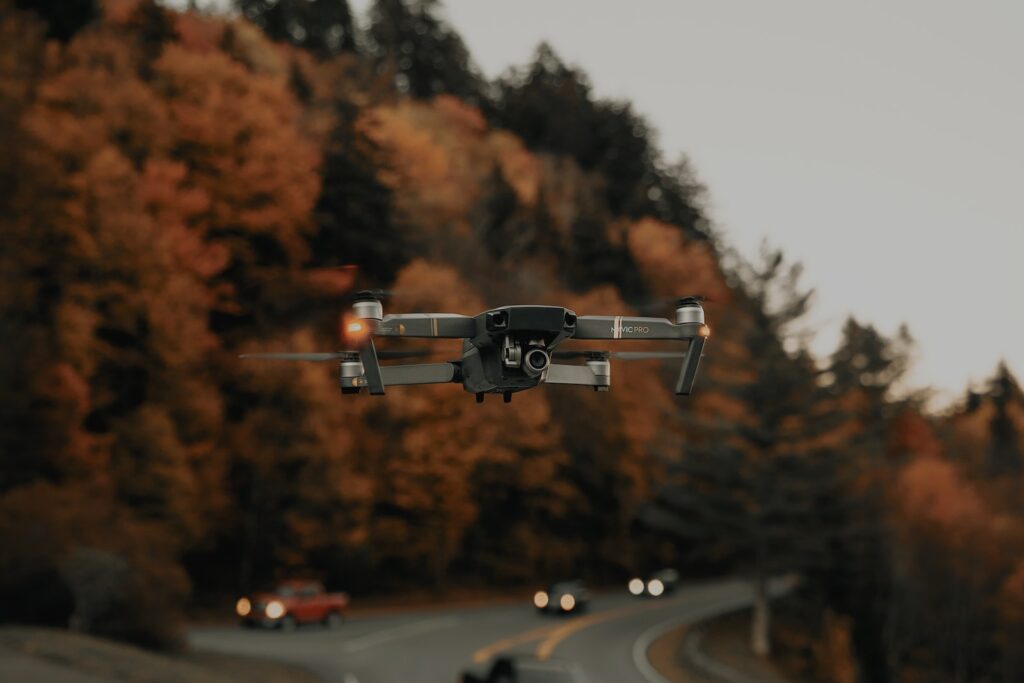Introduction
Drones, once synonymous with entertainment and hobbyist pursuits, have now emerged as powerful tools for environmental conservation. These unmanned aerial vehicles are revolutionizing the way we monitor, protect, and understand our natural environment. In this article, we explore the diverse applications of drones in environmental conservation, highlighting how these flying marvels are making a tangible difference in safeguarding our planet. Join us as we delve into the world of drone technology and discover the remarkable ways they are helping to preserve and protect our environment.
Monitoring Ecosystems and Biodiversity
Drones equipped with high-resolution cameras and advanced sensors have transformed the way we monitor ecosystems and biodiversity. From capturing aerial imagery for habitat mapping to conducting surveys of endangered species, drones provide a comprehensive view of environmental changes and help scientists gather data for research and conservation efforts. These aerial guardians enable us to monitor hard-to-reach areas, track wildlife populations, and detect changes in ecosystems more efficiently than ever before.
Combating Illegal Activities
Drones serve as powerful tools in combating illegal activities that pose a threat to the environment. Law enforcement agencies and conservation organizations utilize drones to monitor protected areas, detect illegal logging, poaching, and wildlife trafficking. With their ability to cover large areas quickly and discreetly, drones enhance surveillance capabilities, improve response times, and help authorities apprehend offenders, providing a significant boost to environmental law enforcement.
Precision Agriculture and Forest Management
Drones are transforming the way we approach agriculture and forest management. Equipped with multispectral and thermal sensors, drones can assess crop health, identify areas of stress or disease, and optimize irrigation and fertilization practices. In forestry, drones assist in mapping and monitoring forests, enabling efficient management, early detection of forest fires, and assessment of tree health. By providing real-time data and insights, drones empower farmers and forest managers to make informed decisions, minimize resource wastage, and enhance sustainability.
Environmental Research and Mapping
The ability of drones to capture detailed aerial imagery and create accurate 3D models has revolutionized environmental research and mapping. Drones aid in mapping sensitive habitats, monitoring coastal erosion, studying geological formations, and assessing the impact of climate change. These data-rich models offer valuable insights for scientists, conservationists, and urban planners, assisting in decision-making, policy formulation, and understanding the intricate dynamics of our changing environment.
Rapid Response to Natural Disasters
During natural disasters such as wildfires, floods, or earthquakes, drones play a crucial role in disaster response and recovery efforts. Equipped with thermal cameras and LiDAR technology, drones can quickly assess the extent of damage, identify areas of risk, and aid in search and rescue operations. Drones provide valuable situational awareness to emergency responders, enabling them to make informed decisions and allocate resources effectively, ultimately saving lives and minimizing environmental impact.
Conclusion
Drones have transcended their recreational origins and are now pivotal in the fight to protect and conserve our environment. With their ability to monitor ecosystems, combat illegal activities, revolutionize agriculture and forest management, aid in research and mapping, and respond to natural disasters, drones have become indispensable tools in environmental conservation efforts. As technology continues to advance, the potential for drones to make a positive impact on our planet only grows. Let us embrace these aerial guardians and harness their capabilities to create a sustainable future where our environment thrives and future generations can cherish the wonders of our natural world.







